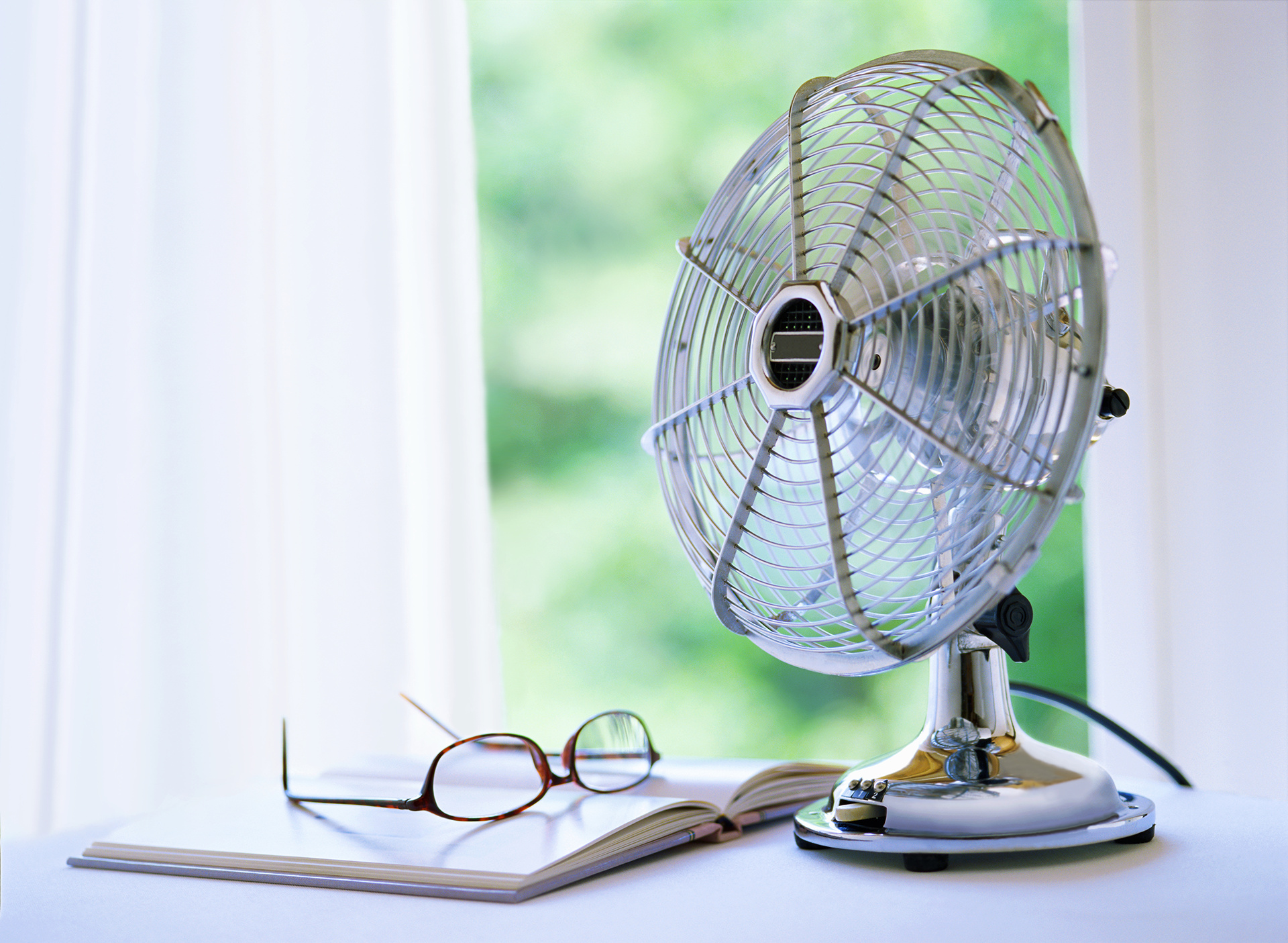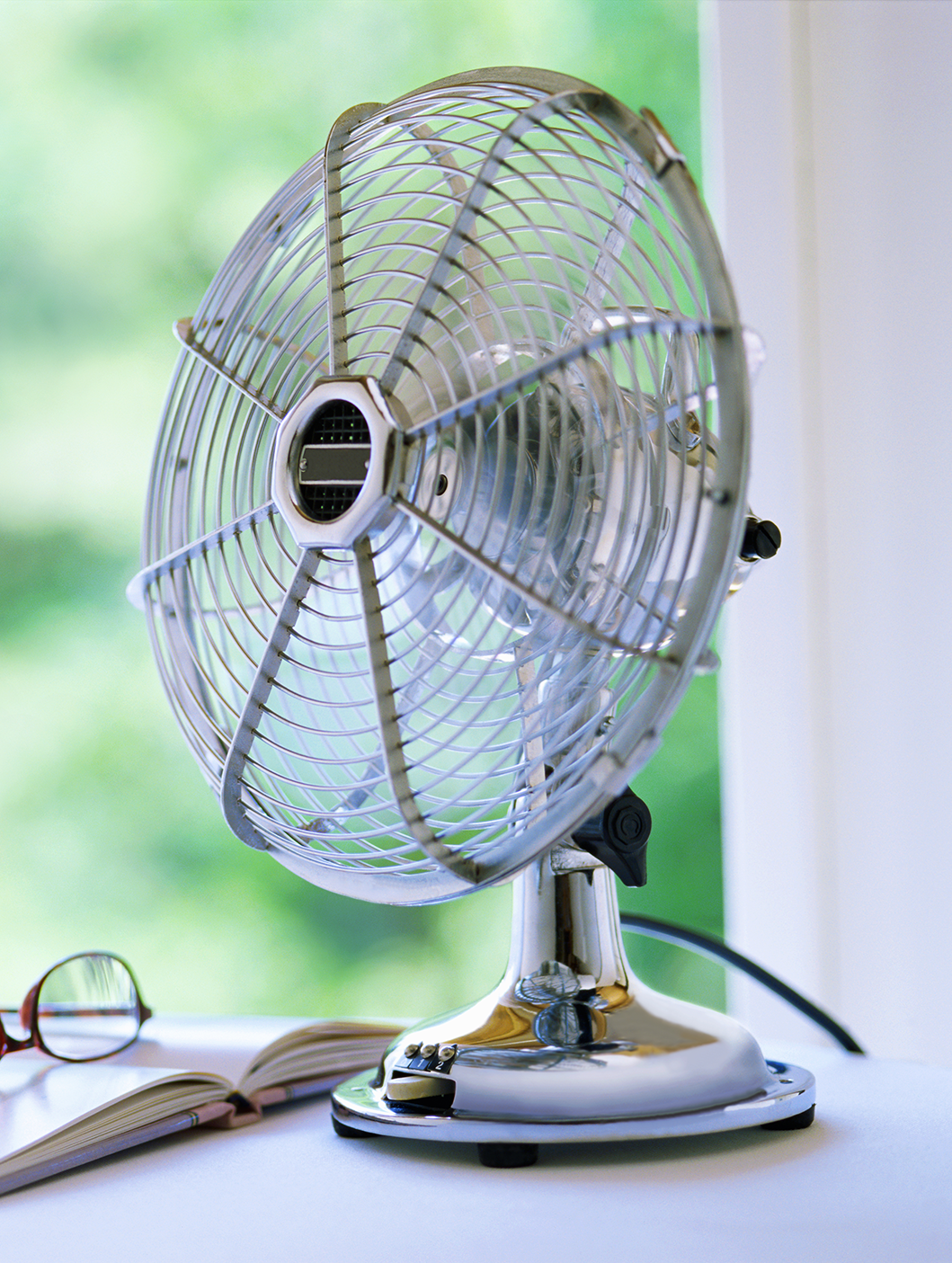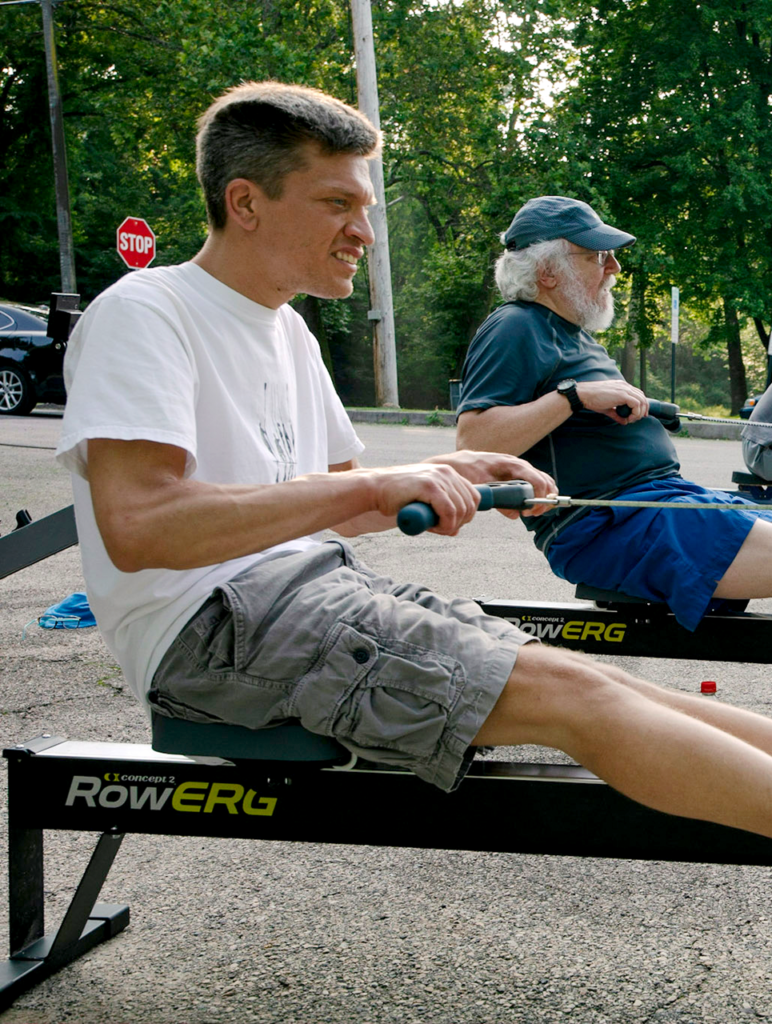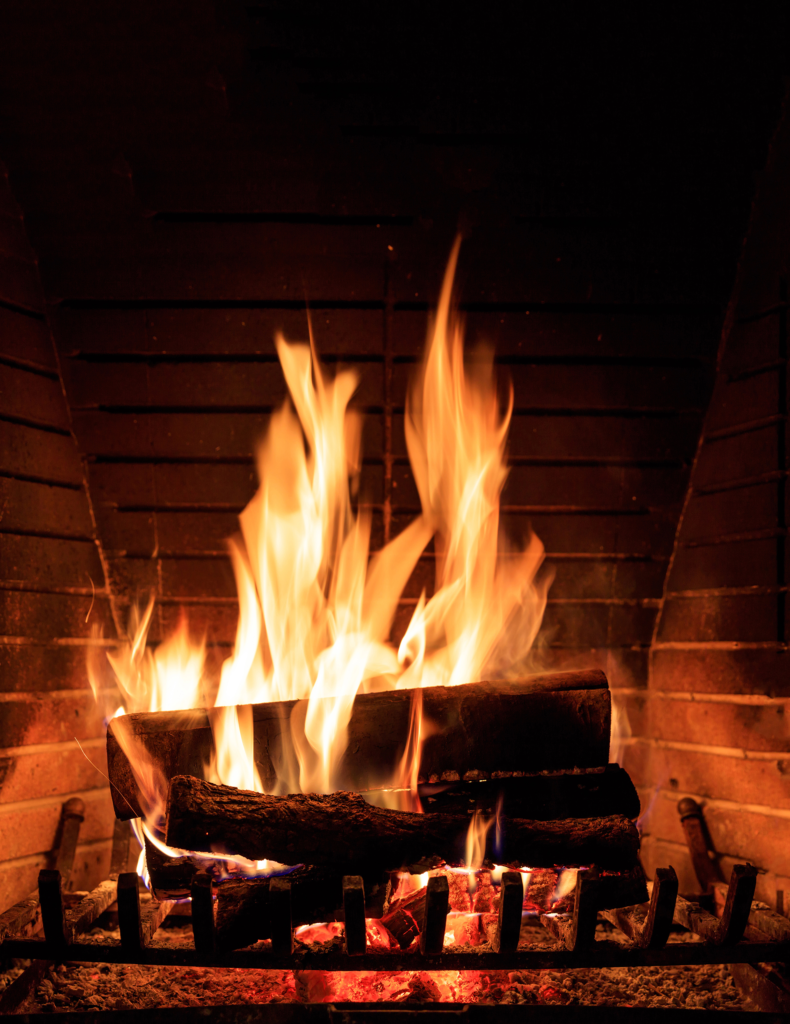Summer in the city is tough, and those drippy boxes protruding from windows all over Philly are the most ubiquitous solution to beat the heat. According to the U.S. Department of Energy (DOE), air conditioners use about 6% of the total electricity produced in the United States and cost homeowners and renters a cool $29 billion per year. While it’s true that the most stifling summer days might still require a boost of cold salvation from the ol’ window rattler, there are ways to keep cool for a good portion of the summer that require far less energy — and cost a lot less, too.
To help you understand how to cool more effectively, here’s a quick primer on how heat enters your house in the first place.
Heat is transferred to your home through three processes:
- conduction (i.e., transferred through solid matter like walls, roofs and floors)
- radiation (i.e., transferred via light, as through windows)
- convection (i.e., via fluid matter like air)
The amount of heat your house takes on through conduction varies with the amount of insulation, the reflectivity of your roof and how energy-efficient your windows are.
Heating due to radiation is mostly influenced by your windows’ ability to block infrared radiation from the sun.
Convection heating has to do with how air moves through your house, carrying heat with it.
Combining methods to avoid heat buildup with smart ventilation techniques is the cheapest, most energy-efficient way to cool it down.
Let’s start with avoiding heat gain. If you’re not a homeowner (and sometimes even if you are), you may have no control over the insulation in your walls and attic, or the construction of your roof, but you can still control the heat gain through your windows. Although it may seem counterintuitive, on days when the outside temperature is going to exceed the temperature inside your house, close all windows and exterior doors to keep the cooler air in and the hotter air out. Adding window shades helps block the radiation heating from the sun, and if you go with insulated window shades, you can even reduce some of the conduction heat gain. Avoiding daytime household activities such as using your oven or dishwasher can help reduce heat buildup.
The next piece is ventilation. The goal is to control the way that hot air moves through, and ultimately leaves, your house. Window fans are an extremely effective way to do this. Once outside temperatures drop, place a fan in a window so that it exhausts trapped hot air to the outside, and tightly close all windows near the fan. Open windows in rooms far from the exhaust fan (preferably on a shaded or north side of the house), and place another fan in one of the windows to draw in cooler air. If you live in a multistory building, the exhaust fan should be on the upper level and the intake fan on the lower level to compound the natural process of hot air rising, creating a chimney effect.
Now that you’re a natural cooling expert, it’s time for some bad news. Ventilation isn’t nearly as effective when the temperature difference between the day and night is small, like those 95-degree days when the thermometer never falls below 85 at night. For the days when you do need the AC, taking the time to right-size your window unit, performing routine maintenance on it — like cleaning the filter and coils — and forking over a little extra dough for an energy-efficient model can net you savings between 20 and 50%. Purchasing an oversized air conditioner will not only cost you more up front and in ongoing electric usage; it may not even cool the space effectively. An air conditioner that’s too large for a space will cool the room quickly while only removing some of the humidity, leaving you with a clammy feeling.
Consumer Reports has an excellent online tool to help you determine the proper window unit size based on a number of factors: the size of the room, the amount of insulation in your home, the number of interior and exterior walls, the cardinal direction the room faces and the number and size of windows it has. You can then plug in your electric rate and see how the annual operating cost will vary based on the efficiency of the unit you purchase.
So, forget the shore — summer in the city just got a little cooler.









